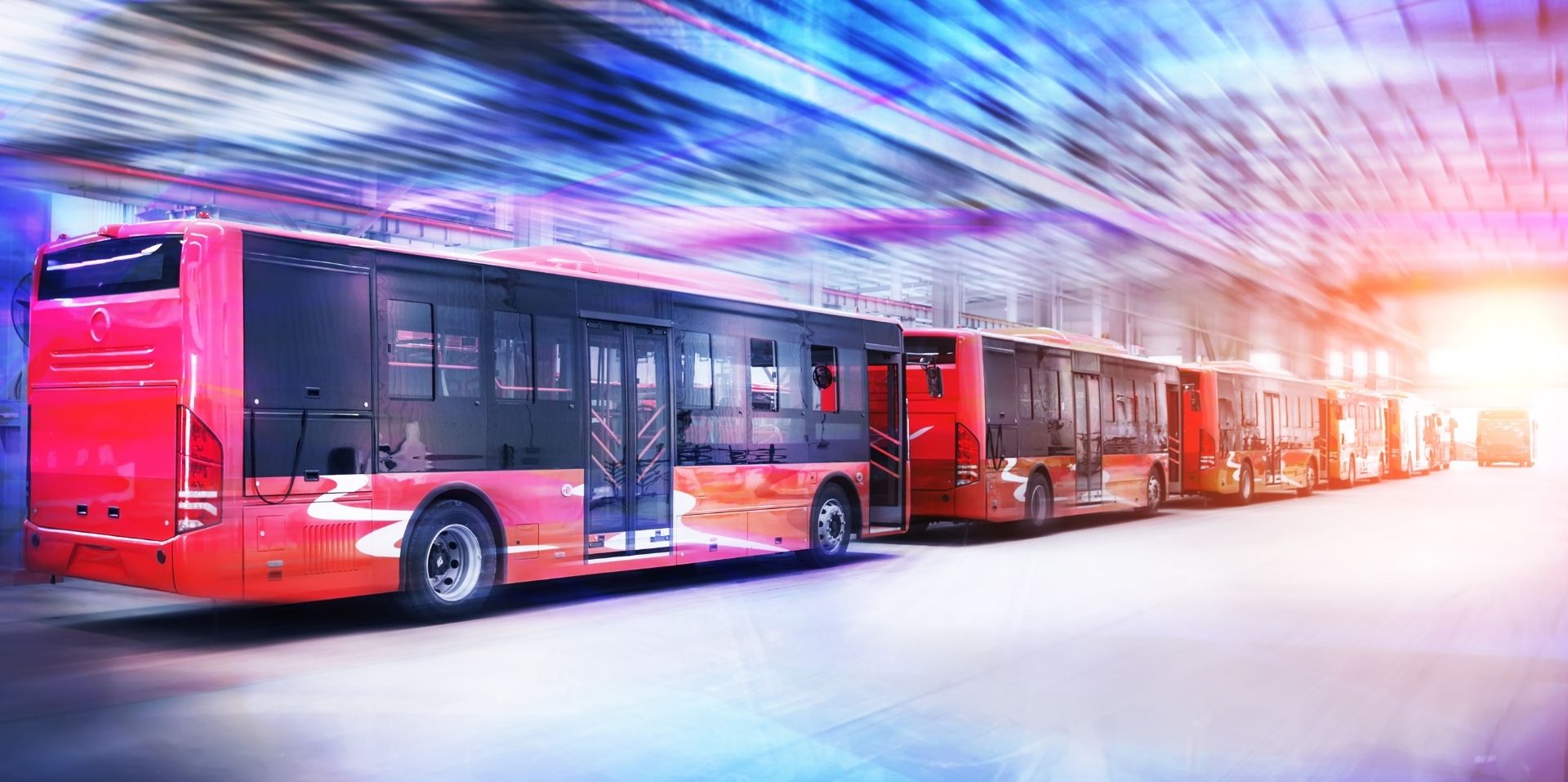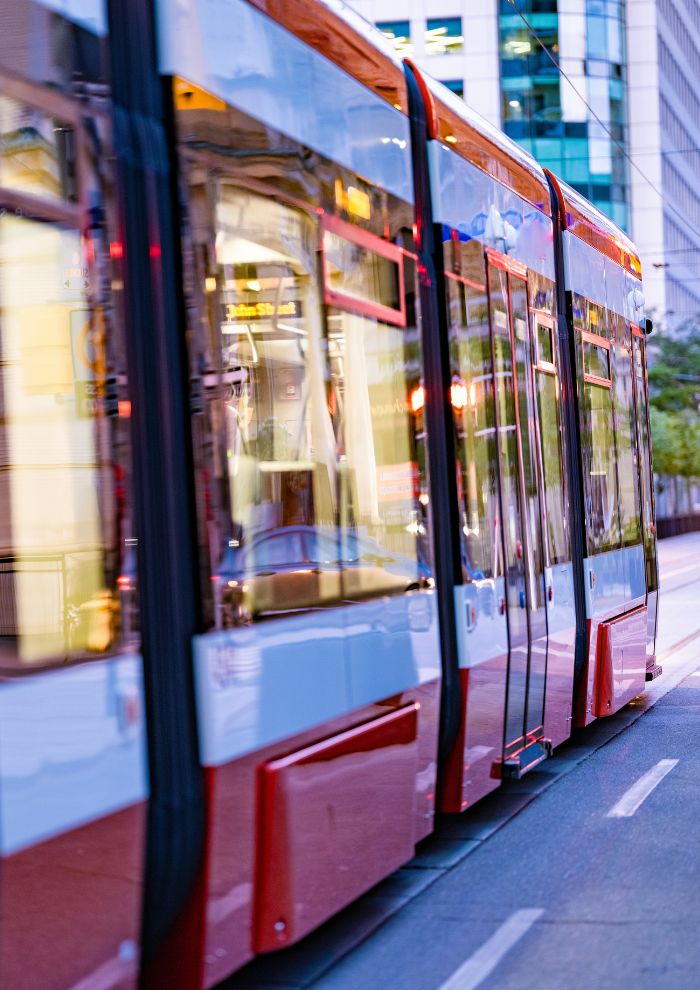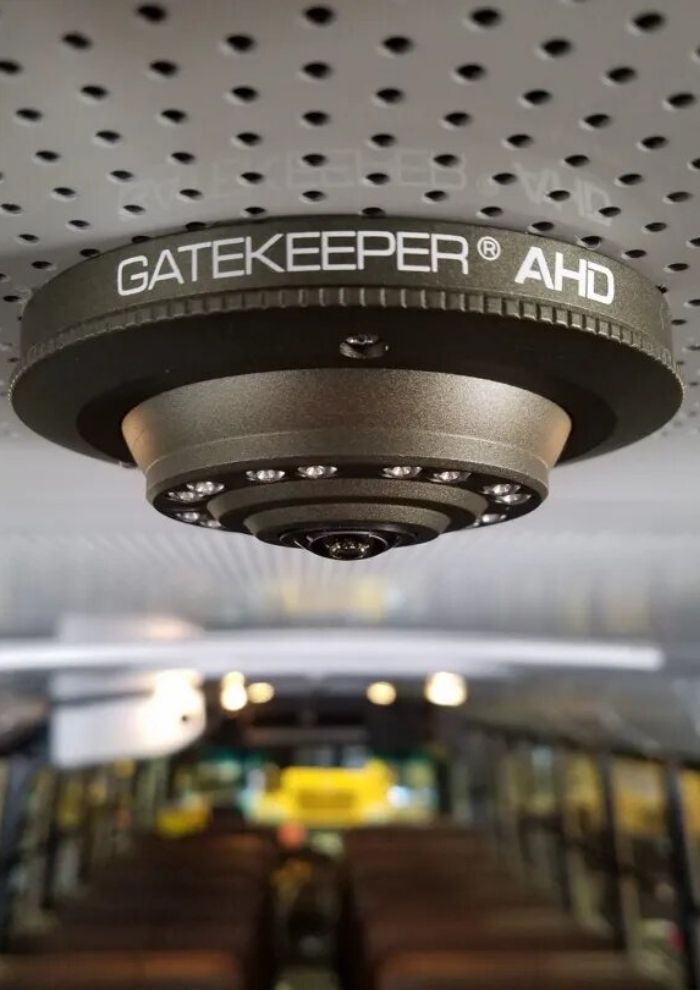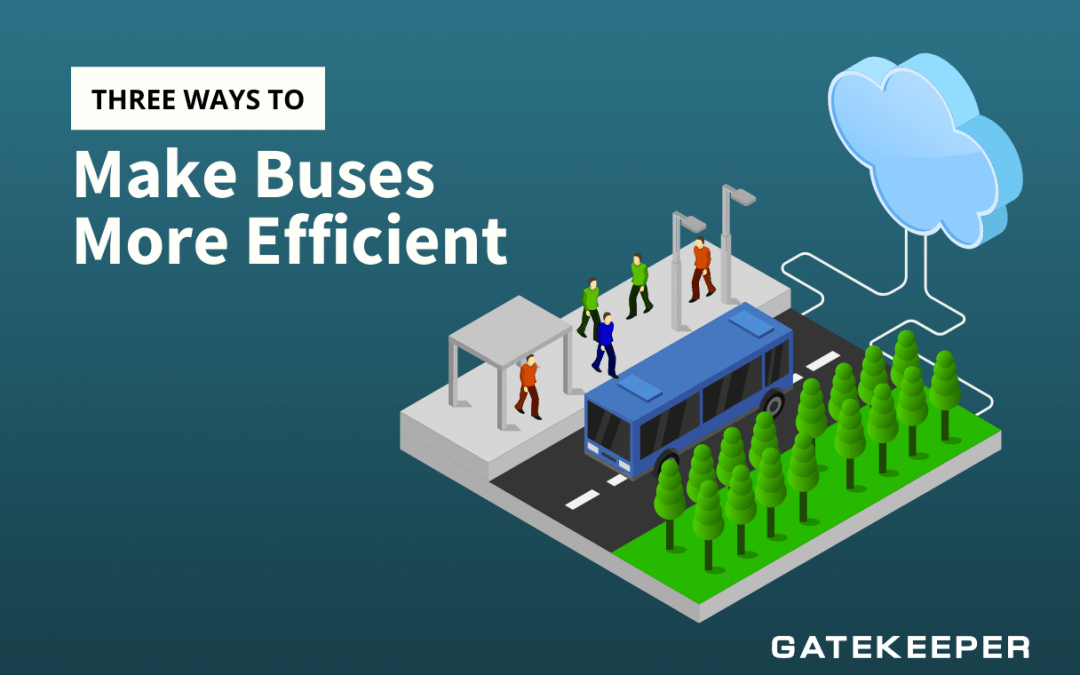Amid the latest wave of the pandemic, already strained transit systems are having to manage diminished ridership, staff shortages and service cuts.
With resources already pushed to the limit, doing more with less will require finding new ways to maximize efficiency.
The pandemic has turned the world on its head, but it also offers an opportunity to reevaluate old methods.
Marrying the latest leaps in technology with our ability to collect and interpret data can help improve efficiency.
There is the potential to reduce costs while improving passenger experience, which could help to attract more riders back to public transit.
3 Ways to Make Buses More Efficient
The transit needs of every neighborhood in each city are different. But, some of the causes for bottlenecks and delays are common across North America.
Here are some solutions to those issues that can help buses move faster through a city.
Protect Dedicated Bus Lanes
Having dedicated bus lanes is not a new idea.
Many cities already employ them because they allow buses to bypass congestion, making service faster and more reliable.
Buses that can move smoothly through peak traffic makes them more appealing to take and also helps save costs on fuel and maintenance.
However, the effectiveness of the bus lane only works if the bus lane remains clear of all other traffic.
Bus lane violations are common, and there are a few reasons why.
The most common reason is that transit lanes are usually clear during peak traffic hours, making them attractive shortcuts.
They are also frequently used as parking spots. Distracted driving can also happen, where a driver accidentally enters a bus-only lane without realizing it.
The causes can be varied, but what is true for all of these scenarios is that they can significantly impact efficiency and safety.
If a bus is driving the speed limit in a bus-only lane and a car cuts in front, the bus has to slam on its brakes to avoid a collision.
This is a serious hazard, as buses don’t have seat belts and passengers can get injured.
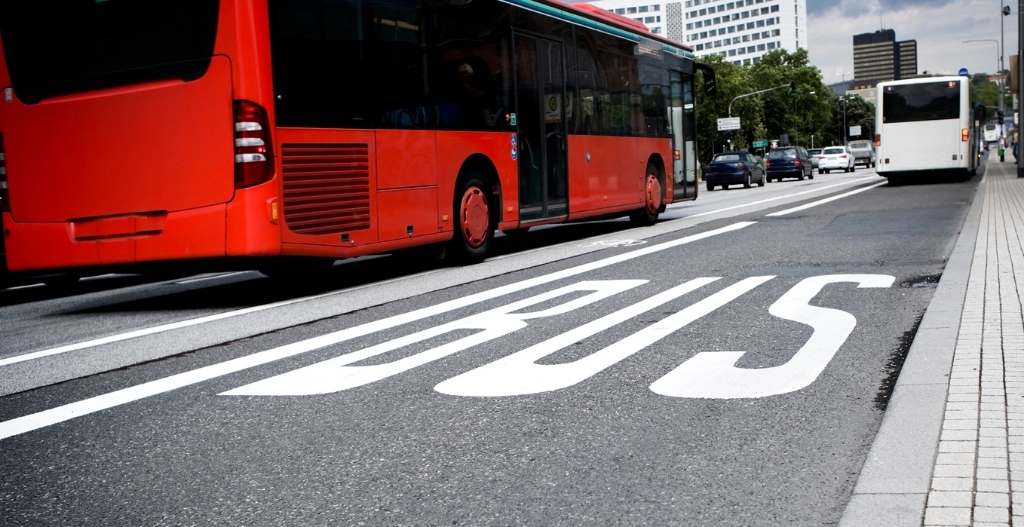
Bus lanes that have the least amount of violations are safer and faster.
By having fewer delays, buses are able to make more stops and get more passengers where they need.
Enforcing bus lane violations though has been traditionally difficult.
It has required local law enforcement to police transit lanes and issue citations.
This method can only cover small areas and only at certain times.
The most effective way to protect bus lanes is to equip buses with systems that automatically record lane violations as they happen.
These systems work by recording video as the bus is in transit so when a bus lane violation occurs, all the evidence needed to create a citation is captured.
One of the best systems for capturing bus lane violations is Gatekeeper’s Automated Lane Enforcement system (ALE™).
It uses sensors that can detect and record infractions in real-time.
This allows the bus driver to keep his entire focus on the road, without having to worry if the license plate was recorded or note the time or location as some systems require.
Ensuring that buses are equipped with lane enforcement systems reduces infractions and helps buses operate at maximum efficiency.
Off-Board Fare Collection and All-Door Boarding
When a public transit vehicle spends time at a stop without moving, it’s referred to as dwell time.
One of the biggest causes for dwell time is boarding and deboarding passengers.
On a typical city bus, passengers have to line up to enter through the door nearest the front.
As they board, fares are purchased or checked.
It might not seem like much of a delay, but these extra minutes add up to the point that dwell time can take up to 26% of a bus’s total travel time.
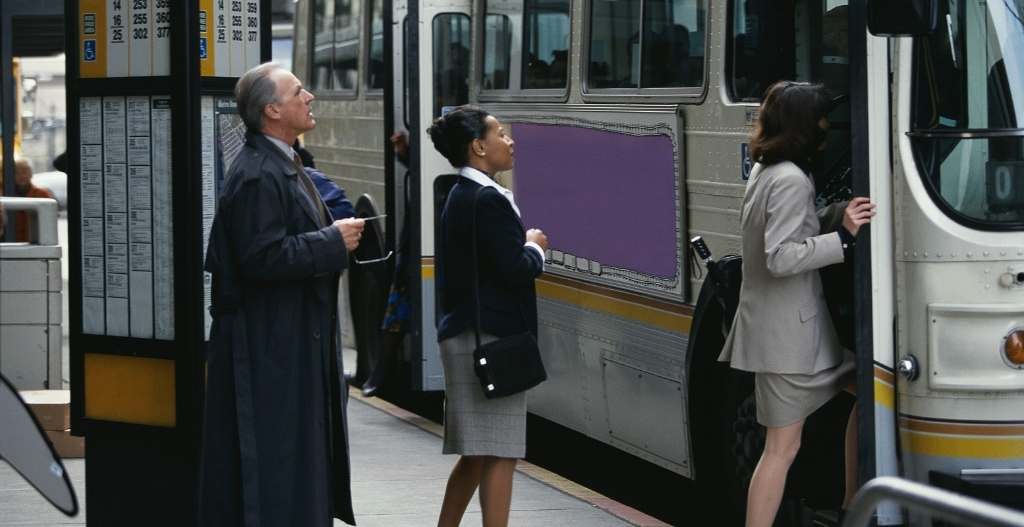
Implementing a system where passengers purchase their fares beforehand offloads all of those extra minutes.
Moving the fare collecting off-board relieves one of the biggest, most consistent bottlenecks on any bus.
And, if fares no longer need to be purchased or checked upon boarding, then all doors can be used instead of just one, cutting dwell time down even more.
When deployed together, all-door boarding and off-board fares have been shown to reduce dwell time at stops by more than 30%.
Cutting down this lost time helps speed up bus routes, which helps improve efficiency, reliability and capacity.
Using Data and Analytics
Collecting data and analyzing it effectively is one of the best ways to maximize limited resources.
Public transport planning is complex and one of the most important points of data used is knowing the number of passengers taking any given route.
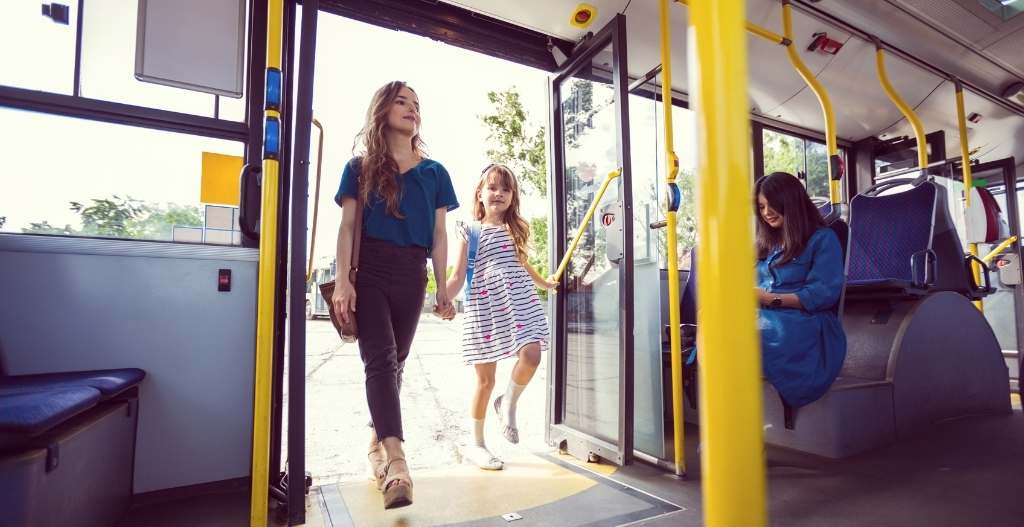
Up until now, the most common ways to find passenger numbers was through surveys or manual counting.
Gathering this data requires a lot of work, which also means a lot of cost in labor, and it’s also not always the most accurate.
Using counters that automatically record the number of passengers would track all of that data, and with a high degree of accuracy.
Gatekeeper’s Passenger Counting System is at the forefront of this new technology.
It collects data such as the bus number, the number of passengers entering and exiting, GPS location, date and time.
The data collected by this system can be used to help improve route scheduling, dispatching, and planning based on passenger volume and demand.
Each point of data is easy to search and extract and can be analyzed for a multitude of comparisons.
Without having to manually count passengers and conduct surveys, labor cost is also minimized.
These solutions aren’t a magic bullet. But together they can help reduce costs while also increasing efficiency and hopefully ease some of the pressure brought on by the pandemic.
